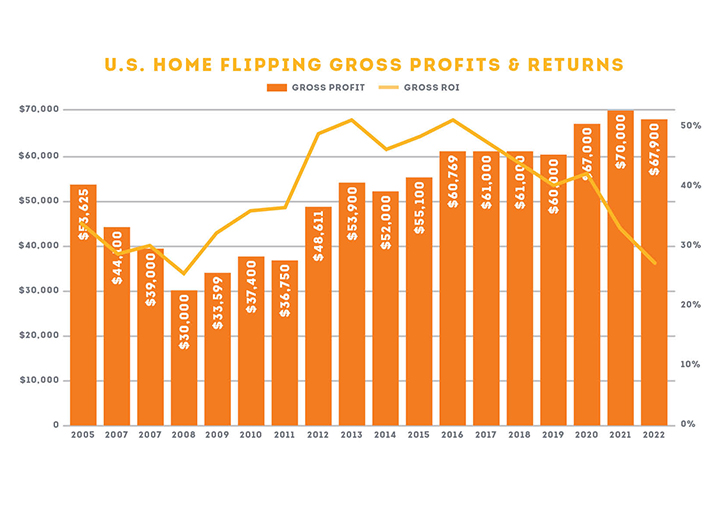How Modern Housing is Failing American Renters
…And How Property Investors Can Pivot to Win By Jon Friesch Nearly 30% of households are adults living alone, but the market still focuses on nuclear families. The housing supply we need already exists; we just need to know how touse it better. Across the country, low-income workers are running into a housing wall. With a shortage of more than 7.5 million homes and limited affordable options available, our vital
Read More








